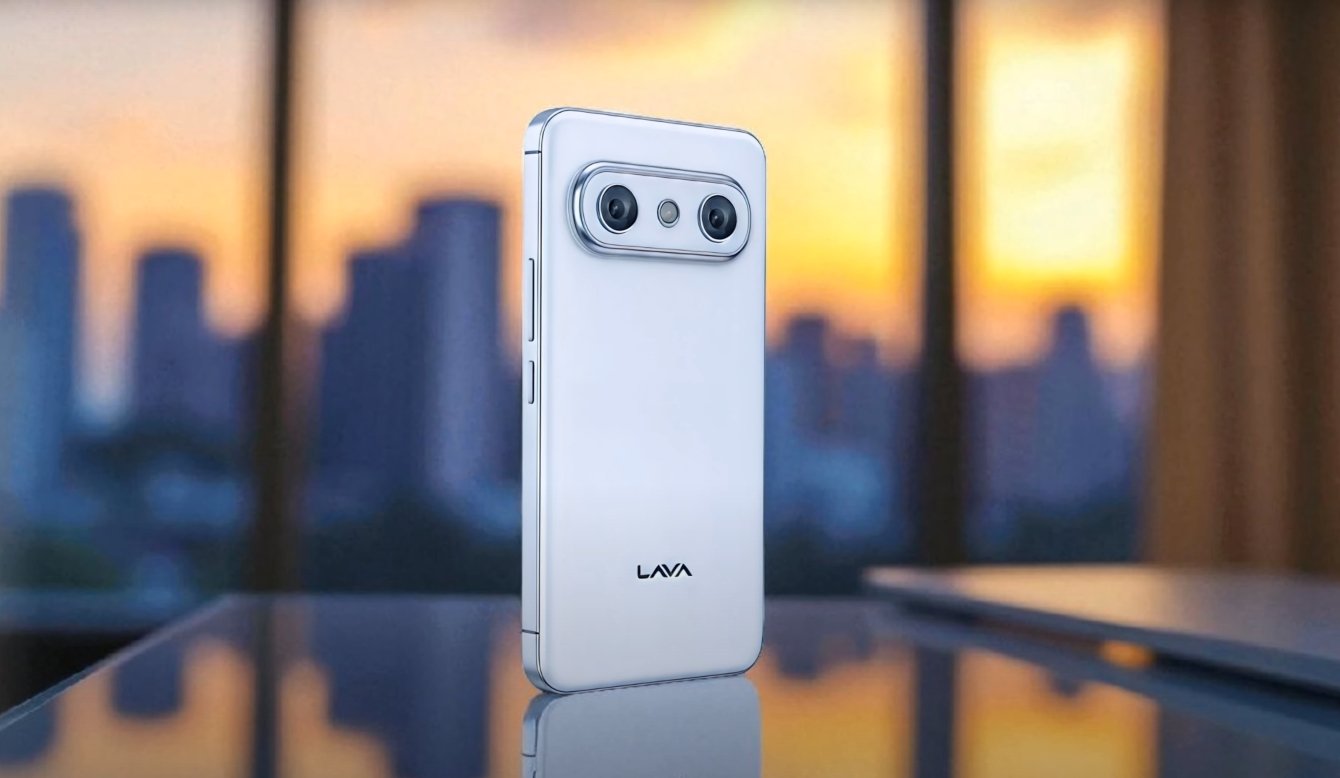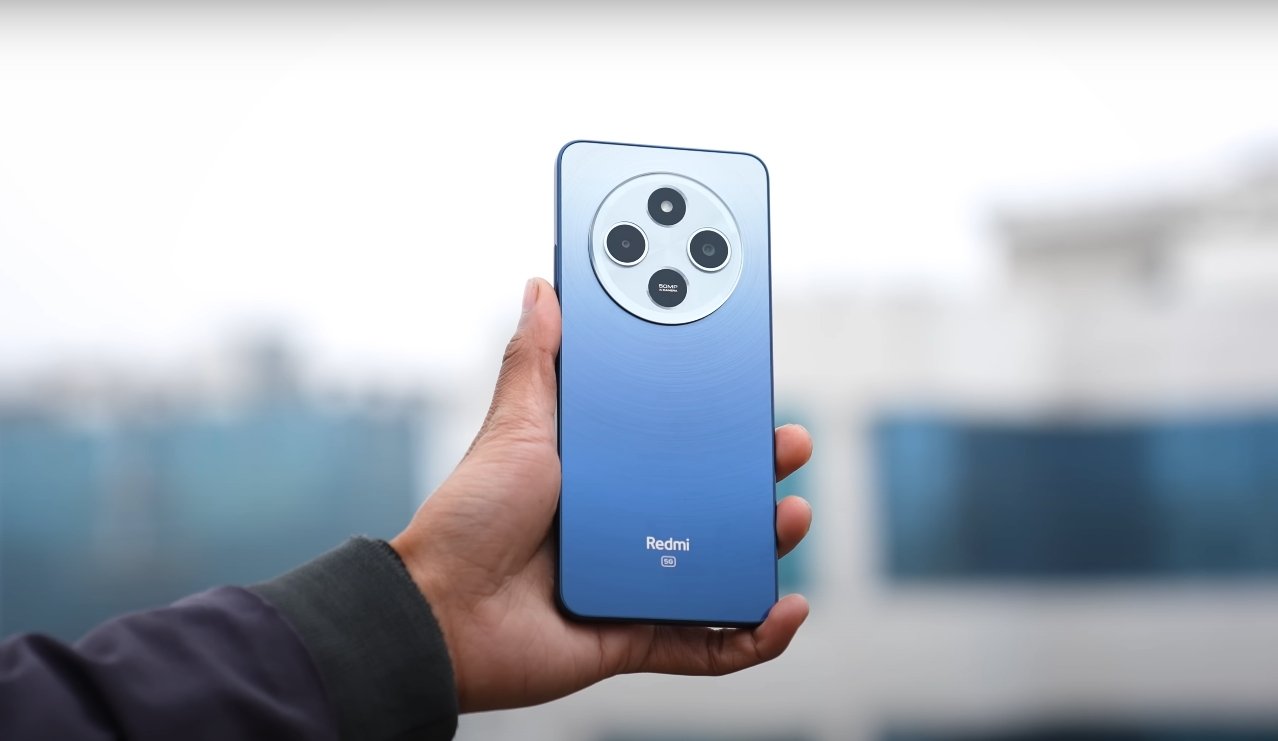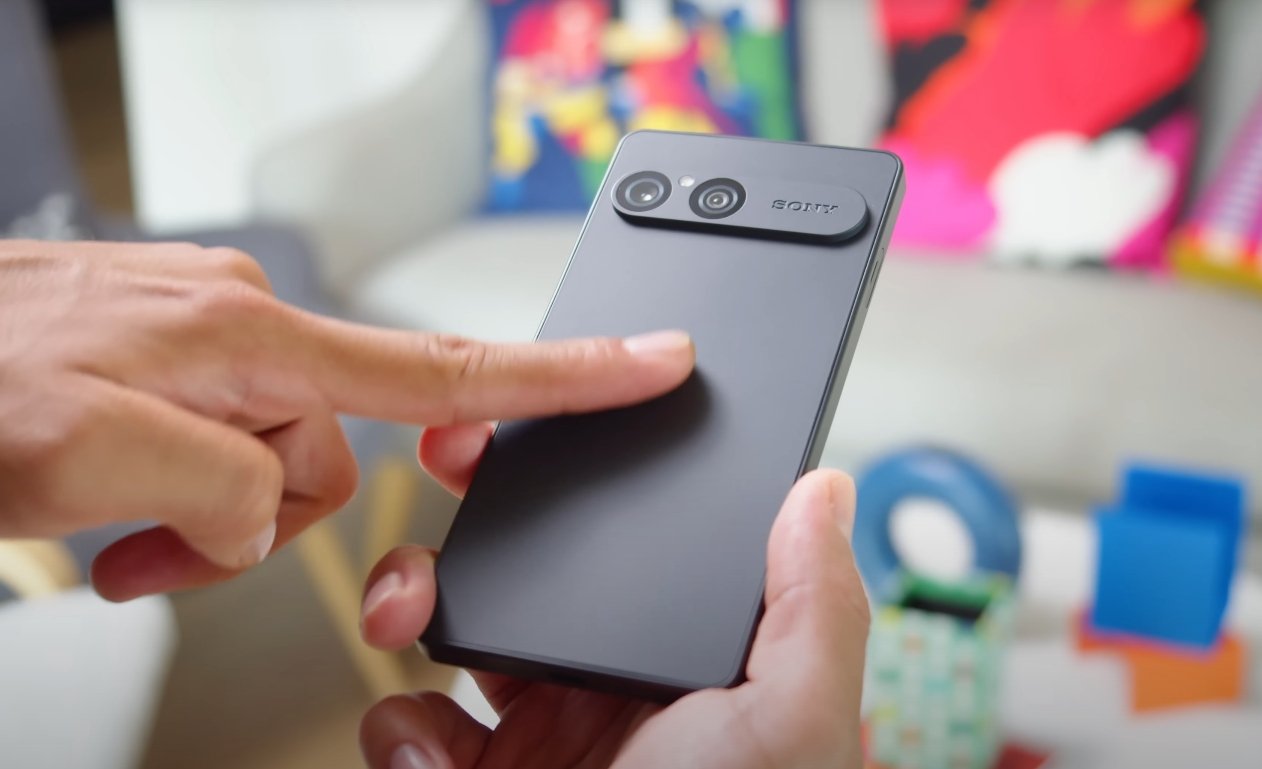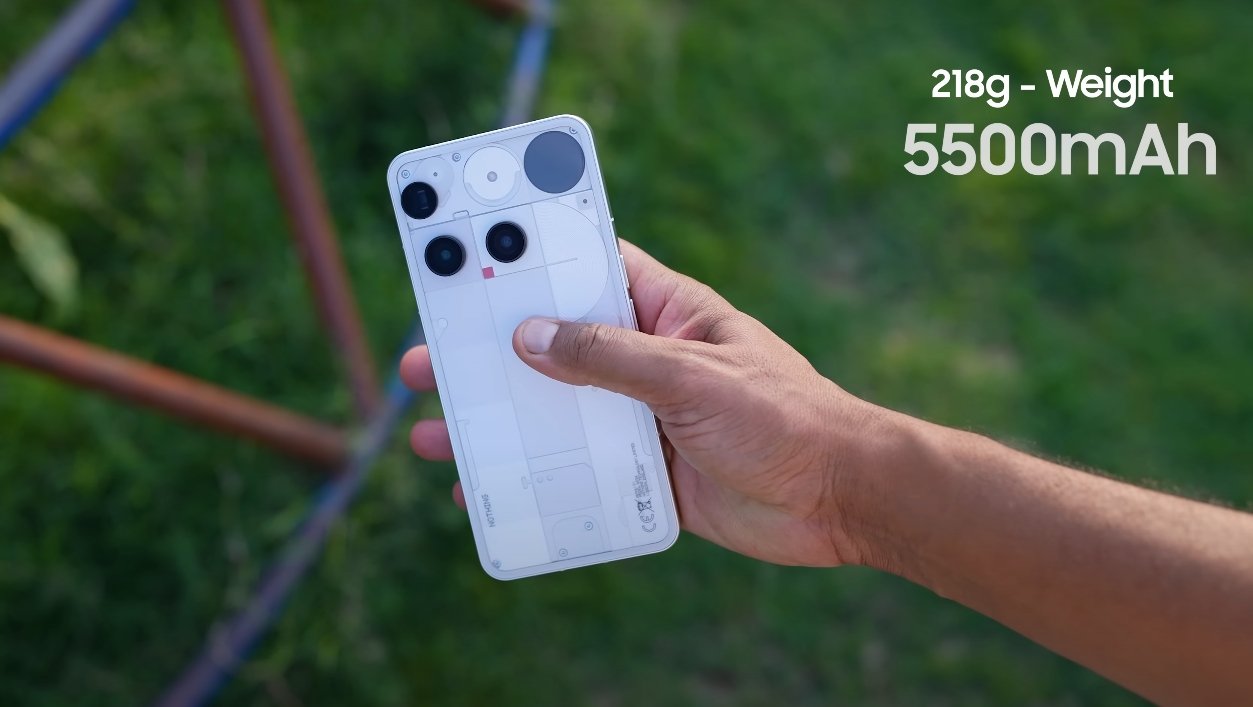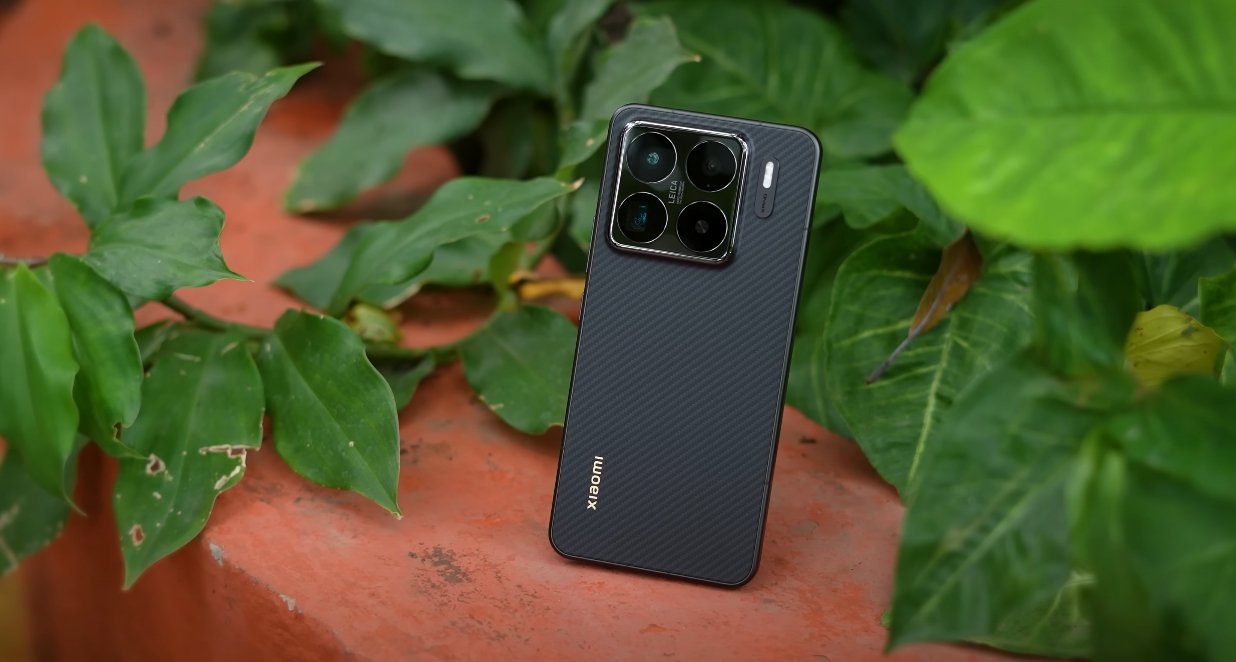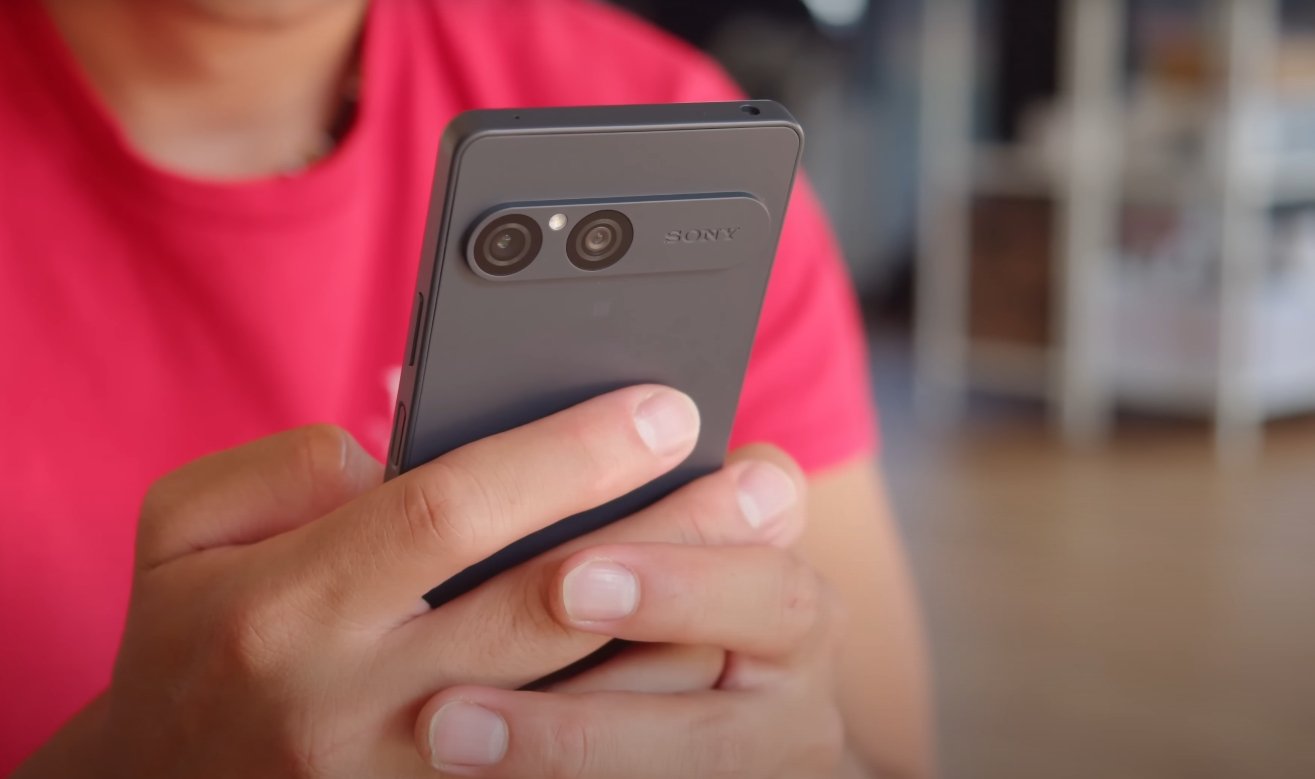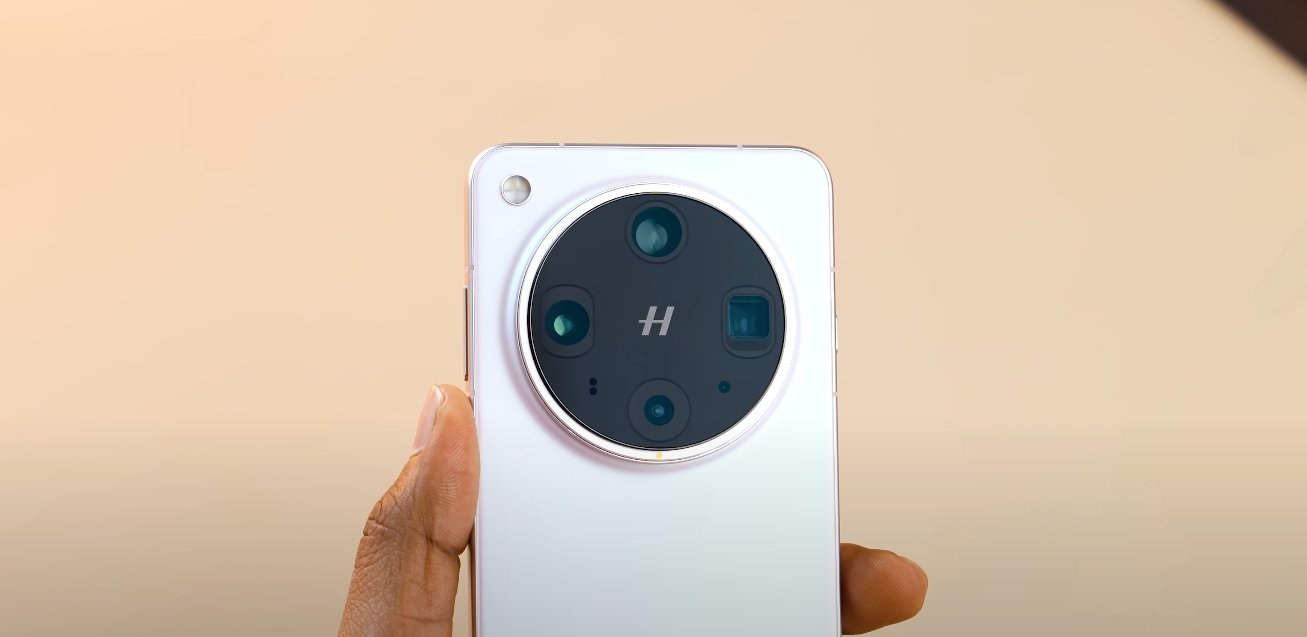Understanding Lava Agni 4’s 5G Compatibility in the United States
The Lava Agni 4 is the latest addition to Lava’s 5G smartphone lineup, designed primarily for the Indian market. With growing interest from users looking to use it internationally, particularly in the United States, questions about its 5G network support and carrier compatibility have become more common. While the device brings impressive features and next-generation connectivity to India, its performance and compatibility in the U.S. depend heavily on supported network bands and carrier restrictions.
In India, the Lava Agni 4 is tuned for the country’s 5G and 4G LTE networks, using frequency bands commonly deployed by Indian carriers such as Jio, Airtel, and Vi. These typically include mid-band and sub-6GHz frequencies. However, 5G networks in the U.S. operate on a different range of bands, including n2, n5, n66, n71, n77, n260, and n261, which vary by carrier. For example, T-Mobile uses n41, n71, and n77 for its nationwide and ultra-capacity 5G, while AT&T and Verizon rely on n2, n5, n66, and mmWave bands like n260 and n261 for high-speed coverage. Because of this variation, a phone designed for the Indian market may not fully align with U.S. carrier technology.
The Lava Agni 4 supports several global 5G and 4G bands that overlap with some of those used in the United States. Early specifications suggest it may include support for bands like n77 and n78 for 5G, and LTE bands such as B1, B3, B5, B8, and B40. Among these, only a few, such as B5, are compatible with U.S. LTE networks. This means users might experience partial service, where the phone connects to 4G LTE in certain regions but fails to access 5G or high-band signals. Even when frequencies overlap, the lack of official U.S. certification can prevent full functionality, especially for services like VoLTE or 5G standalone networks.

In terms of carrier compatibility, T-Mobile tends to be more flexible with imported devices. Users may find that a Lava Agni 4 can connect to T-Mobile’s LTE and possibly some of its 5G bands, depending on regional frequency overlap. AT&T, on the other hand, enforces stricter whitelisting policies, meaning that unapproved or uncertified devices often face network registration issues or may not connect at all. Verizon’s CDMA-free network is even more limited in terms of support for international devices, so it’s unlikely the Agni 4 would function reliably without extensive manual configuration or updates.
Another consideration is software certification. U.S. carriers require devices to pass network optimization and safety tests to ensure compatibility. The Lava Agni 4, being an Indian release, does not carry these certifications, which can lead to inconsistent performance. Users may experience dropped connections, limited signal strength, or an inability to access high-speed data services. While the phone’s hardware is capable of advanced connectivity, network policies and certification barriers often restrict its true potential outside of India.
From a user perspective, those planning to bring the Lava Agni 4 to the United States should be aware of these limitations. It may function adequately for basic tasks like calls, texting, and data browsing on certain carriers, but full 5G performance and coverage cannot be guaranteed. Checking the phone’s specific band support before purchase or travel is essential. The best approach is to test with a prepaid SIM card from a carrier like T-Mobile, which is known for supporting a wide range of unlocked devices.
Overall, the Lava Agni 4 offers impressive 5G capabilities in its home market but remains limited in the U.S. due to differing frequency allocations and carrier certifications. While it might connect to select LTE or low-band 5G networks, users should not expect consistent nationwide coverage or top-tier speeds. As the global 5G ecosystem continues to expand, future versions of Lava smartphones may include wider band compatibility and certifications that make them more suitable for international use. For now, the Agni 4 remains best suited for regions where its supported bands fully align with local network infrastructure.
Also Read: Is LAVA Play Ultra 5G Really Worth Your Money
